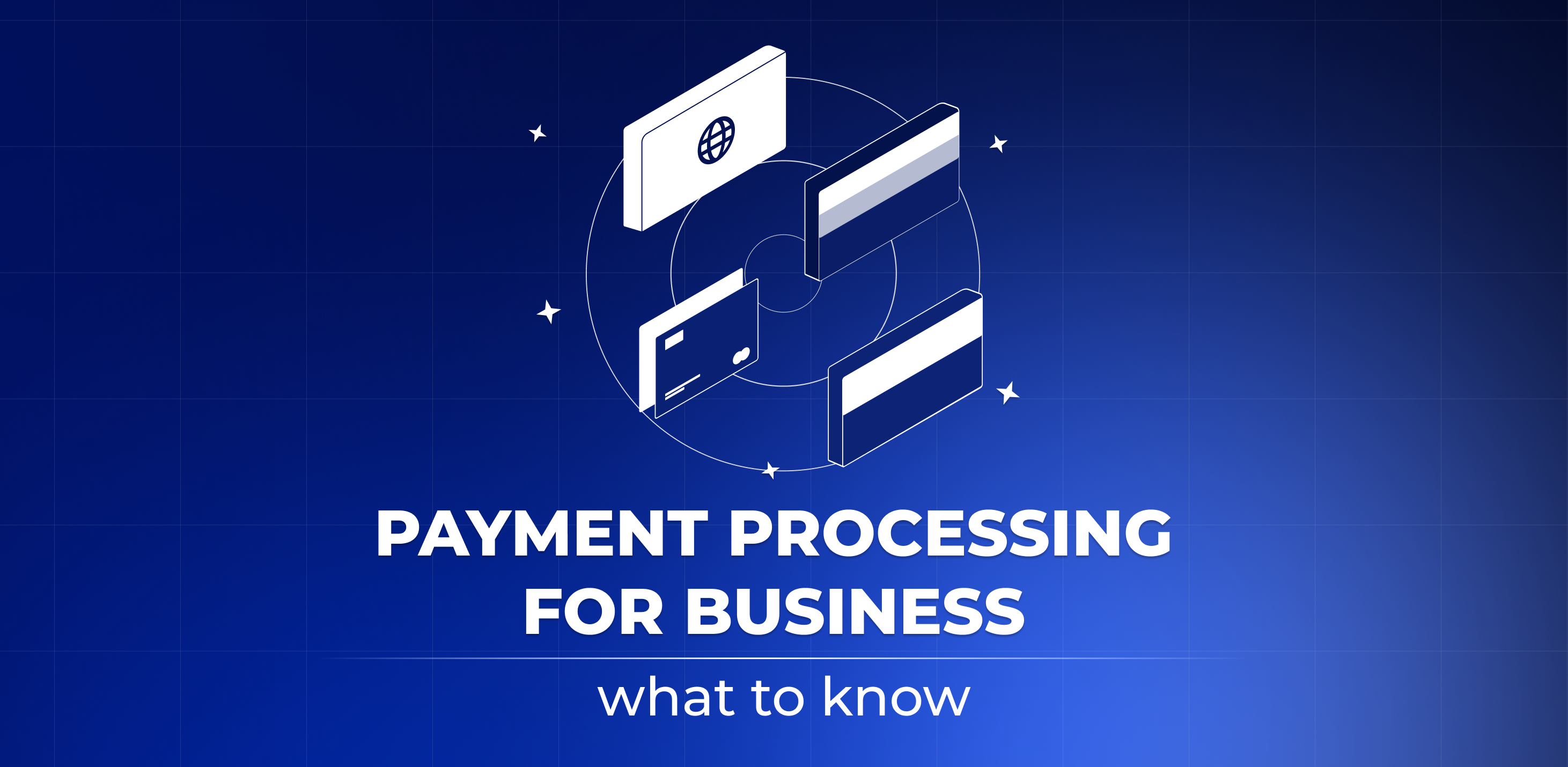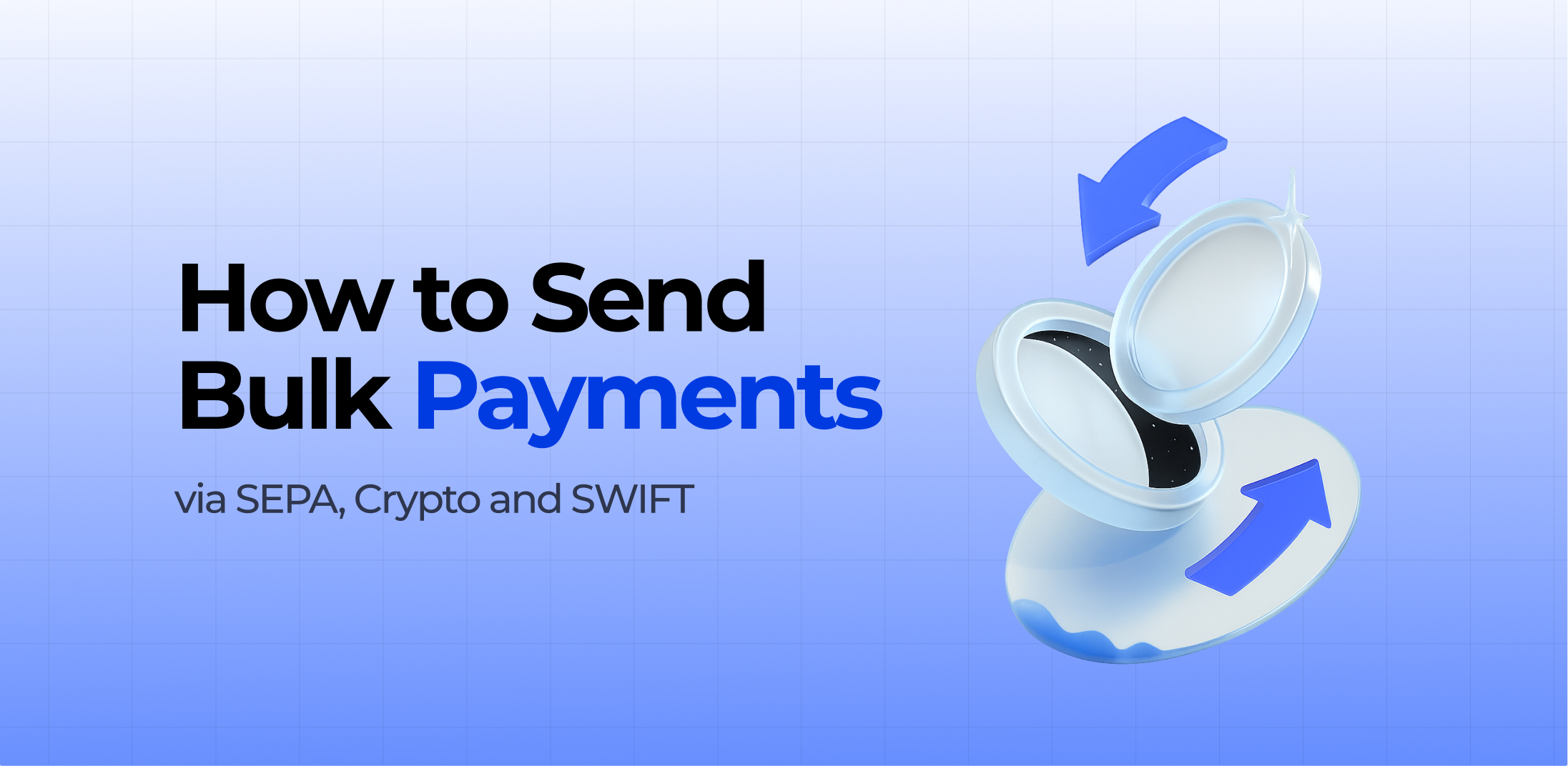Payments are a hot topic today. Businesses are actively exploring and collaborating with various payment systems to enhance their payment capabilities and improve overall efficiency. With customers prioritizing convenience and security in their transactions, grasping the nuances of payment processing small business has never been more critical.
Business owners need to familiarize themselves with everything from choosing the appropriate payment gateway to understanding compliance regulations in order to optimize their payment systems for small business effectively. Let’s delve together into the key elements of payment processing solutions, including the payment gateway details, how to choose the best provider, and how a payment processor works. The professionals at PaySaxas are here to assist you with this.
What is a payment processor?
A payment processor is a fintech entity that streamlines online transactions between consumers and merchants. Serving as an intermediary, it securely manages the transfer of funds from the buyer’s payment source – such as a bank or credit card – to the seller’s account as a part of payment processing.
Payment processor companies accommodate a wide range of payment options, including credit and debit cards, e-wallets, and bank transfers. They guarantee that transactions are executed smoothly and securely. Additionally, they are vital in fraud prevention of the payment processing process.
These providers ensure compliance with relevant regulations and solutions, offer analytical tools that assist businesses in monitoring their sales and financial performance. Understanding payment processing for business is essential for optimizing financial operations and enhancing customer experience.
What do payment processors do?
Payment processors are essential in enabling online transactions, serving as the bridge between consumers and merchants. Their main responsibility is to securely manage the transfer of funds from a customer’s chosen payment method – like a credit card or bank account – to the seller’s account.
This operation encompasses several important functions, including transaction authorization, handling payment information, and ensuring adherence to industry regulations. Furthermore, payment processors provide a range of payment business services, such as fraud detection and prevention, to protect both buyers and sellers.
They also offer analytical tools as a payment service solution and reporting capabilities that help businesses, especially small companies, monitor their sales and enhance their financial strategies. By simplifying the payment process, these entities significantly improve the customer experience, allowing consumers to make purchases with greater ease and confidence.

Payment gateway and payment processor: what’s the difference?
A payment gateway as a service solution acts as the point of entry that securely collects and forwards customer payment data to the payment processor. It plays a vital role in the early phases of a payment transaction. It primarily focuses on authorizing payment information.
On the other hand, the payment processor for small business takes charge of the backend functions. It includes moving funds from the buyer’s account to the seller’s account and ensuring adherence to financial regulations. Recognizing the distinct functions of these two components is essential aiming to enhance their payment processing systems.
How does a payment processor work?

Customer Initiates Payment
The payment process kicks off when a customer selects the products or services they wish to purchase. Once their selection is complete, they move to the checkout page to complete the transaction. At this stage, the customer provides necessary payment details, whether it’s credit or debit card information, digital wallet credentials, or another chosen payment processing method.
Accuracy is vital here, as the success of the payment relies on correctly entered information. Providing clear guidance and a seamless checkout experience helps boost the customer’s confidence in the payment processing and ensures a smooth transition to the next step in the payment process as a payment service solution.
Payment Information is Encrypted
After the customer enters their payment processing information, the payment processor takes immediate action to secure this sensitive data. It employs encryption to transform the payment details – such as credit card numbers, digital wallet credentials, or bank information – into a protected code.
This process ensures that the information cannot be accessed by unauthorized individuals while it moves from the customer’s device to the payment gateway. Utilizing sophisticated encryption technologies, the payment processor guarantees the data’s security during transmission.
By protecting this information, the processor from the company helps avert fraud and preserves the privacy of both the customer and the business. It makes this step essential for fostering trust in the payment process solution.
Transaction Authorization
The processor forwards the encrypted data to the customer’s bank or card issuer. It is needed to confirm the availability of funds and validate the transaction during the payment processing for large businesses.
Approval or Decline
After the payment processor sends the transaction request, the bank conducts an assessment to decide whether to approve or reject the funds transfer. This evaluation process considers several important factors in the payment processing. Initially, the bank verifies the customer’s account balance to confirm that there are enough funds available for the transaction. If the balance falls short, the request will be rejected in the payment processing structure.
Moreover, the bank utilizes sophisticated fraud detection technologies to scrutinize the transaction for any signs of suspicious behavior or irregularities. These structures evaluate various criteria, including the transaction’s location, the amount being spent, and the customer’s usual spending patterns. If the transaction triggers any alerts, the bank may refuse the request to safeguard the account holder against possible fraud.
Fund Transfer
Once the transaction is approved, the payment processor assumes responsibility for managing the transfer of funds from the customer’s account to the merchant’s account. This operation involves several critical steps to guarantee the secure and efficient movement of funds. Initially, the payment processor engages with both the customer’s bank and the merchant’s bank to commence the transfer.
This collaboration is vital to ensure that the funds are correctly directed to their intended destination. The processor typically employs secure communication protocols to safeguard the data during this phase, reducing the likelihood of interception. Following this, the payment processor verifies that the approved amount is deducted from the customer’s account and deposited into the merchant’s account.
This verification is essential in the payment processing structure as it ensures that both parties maintain an accurate record of the transaction. Additionally, the processor may create a transaction receipt or confirmation for the customer, serving as evidence of the successful payment as a solution.
Confirmation to Customer and Merchant
Once the transaction is complete, both the customer and the merchant are immediately informed of the outcome, whether the payment was successful or declined. This step is critical in payment processing for online business, as it fosters transparency and allows each party to act accordingly. For the customer, confirmation of a successful payment brings assurance that the transaction was completed correctly.
They typically receive a digital receipt or notification through email or SMS, indicating that their purchase is finalized. Similarly, for the merchant, this confirmation is essential in payment processing. An approved payment confirms that the funds have been authorized, enabling them to proceed with fulfilling the order – whether it’s shipping physical products, delivering digital goods, or offering services.
Record Keeping
Once the transaction is finalized, the payment processor meticulously records the details for future reference. This payment documentation serves several key functions that enhance the financial stability and regulatory adherence of both the merchant and the customer.
Primarily, having a thorough record of transactions is vital for financial reporting. Businesses depend on precise and detailed records to assess sales patterns, oversee cash flow, and generate financial statements. By maintaining an organized and accessible account of all transactions, the payment processor aids merchants in monitoring their revenue, pinpointing areas for improvement, and making strategic business choices.
Moreover, these records are essential for meeting regulatory obligations in the payment processing. Numerous industries and companies face strict regulations concerning financial transactions, including requirements for data security and fraud prevention. The payment processor’s capacity to supply detailed transaction logs assists merchants in complying with these regulations, facilitating seamless audits and evaluations.
How to choose a payment processor

Selecting the payment provider is vital for any business, especially when searching for the best payment processor for small business. Begin by assessing transaction costs to ensure they align with your budget.
Prioritize robust security measures like encryption and fraud prevention to safeguard both your company and its customers. It’s essential to opt for a processor that accepts various payment methods, including credit cards, digital wallets, and, if necessary, international transactions.
Consider how easily the payment processor integrates with your current structures, its scalability for future growth, and the availability of dependable customer service. Finally, verify that the payment processor adheres to industry standards and meets your specific operational requirements.
Conclusion
To sum up, grasping the fundamentals of payment processing is essential for any business. Carefully assess transaction costs and security measures. It ensures the processor supports multiple payment options, as this can greatly influence your operations. Focus on choosing a payment processor that offers scalability, smooth integration, and reliable customer service to match your business’s development.
Staying up-to-date with industry regulations and standards will help you select a payment processor as a payment service that boosts efficiency, security, and customer satisfaction. It ultimately drives your business toward success. Partner with the PaySaxas team to guide you in making informed decisions for improved payment solutions for businesses.








